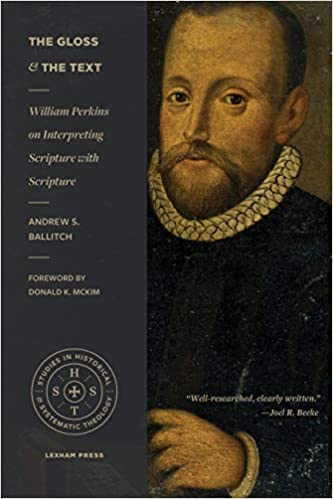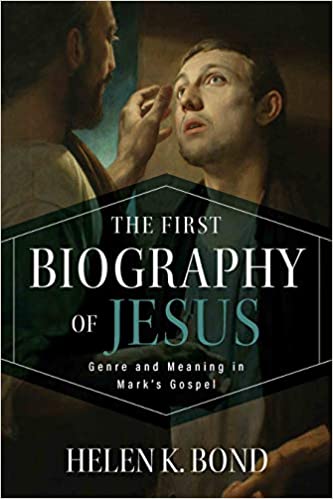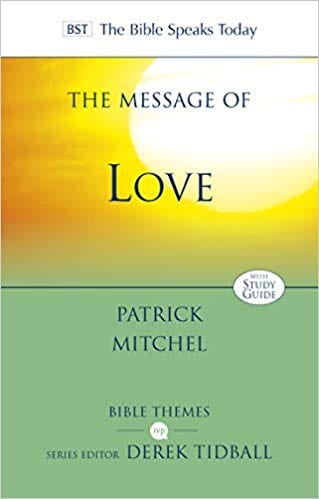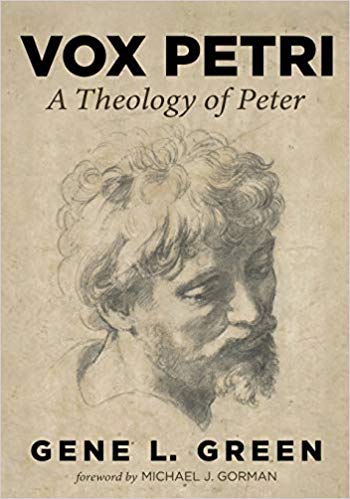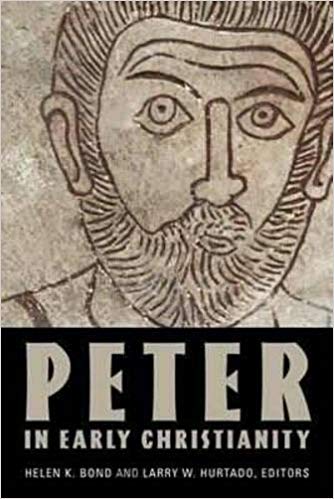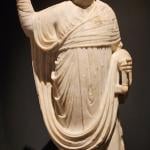One of the most influential Reformed and Puritan exegetes of the late 16th and early 17th century was William Perkins, whose works for the longest time were out of print until the 20th century. Andrew Ballitch has now done us all a good service (and thanks to Lexham Press as well) by providing a detailed exposition of Perkin’s hermeneutical method of interpreting Scripture, which involved the analogy of faith, context, and collation (the latter referring to the comparing of Scripture with other Scriptures). Ballitch’s treatment of his subject is thorough and helpful and quite detailed as well. He has certain done the research well. He is also candid from the start about Perkins living in a pre-critical age and operating out of a pre-critical approach to Scripture. The most fundamental principle or assumption is that Scripture is the best interpreter of Scripture. The book goes carefully through Perkins Sermons which in turn became commentaries, and then his practical and theological works, to demonstrate Perkins’ consistent use of those three means of interpretation— the analogy of faith, context, and collation. Ballitch without question proves his thesis (a thesis originally done as a doctoral dissertation).
But what was meant by the analogy of faith? In one sense this referred to the Reformed catechism which involved explanations of the Decalogue, the Lord’s Prayer, and the Apostle’s Creed. Sometimes however, it meant the whole of Reformed theology front-loaded into the interpretation Scripture. It is interesting how different this is from John Wesley’s use of the term analogia fidei by which he means that the consistent theme or red thread that runs through the whole of Scripture is justification by grace through faith (and this in spite of the fact that both his parents grew up in 17th-18th century English Puritanism and then converted to Anglicanism).
Indeed, it is often hard to tell which is more dominant the plain exegesis of the Scripture (and Perkins favors the literal approach except where impossible) or the Reformed theology as a lens through which one reads Scripture, including things like the doctrine of election, double predestination, imputed righteousness as well as imputation of Adam’s sin to the whole race, limited atonement, perseverance of the faith, and more. Yes, Perkins’ exegesis is often detailed, but when he gets to collation, it’s often a sort of catchword connection, when in fact the two or three passages compared do not in fact refer to the same subject. Further, there is the division of all sorts of things into the categories of law and Gospel, whatever parts of Scripture were being read.
There is no sense of progressive revelation in this sort of approach. So for example, Abraham is taken as an example of a person who looked forward to the Messiah and placed his faith in Him in advance of his coming. No….. Abraham trusted Yahweh and it was credited to him as righteousness. Much more along these lines could be used to critique Perkins (see my Biblical Theology volume with CUP), but we must thank Prof. Ballitch for plainly and clearly laying out Perkins’ approach to the Bible.
One thing that did give me pause in this book is the constant polemics against Catholic ‘superstition’ without making clear whether Ballitch is referring just to Perkins’ views, or the author’s views or both. More clarity on this would have been helpful, since Catholicism today is very different, especially in the light of Vatican I and II than it was in Perkins’ day. Nevertheless, this book deserves to be read as it fills a void and our understanding of Puritanism in the Elizabethan era, and the considerable influence Perkins had on subsequent Puritan divines.


